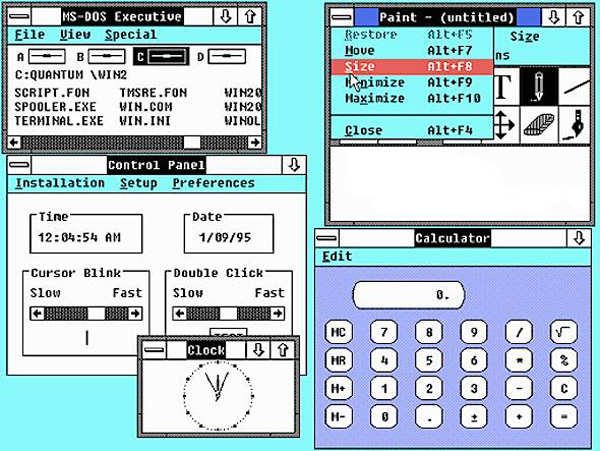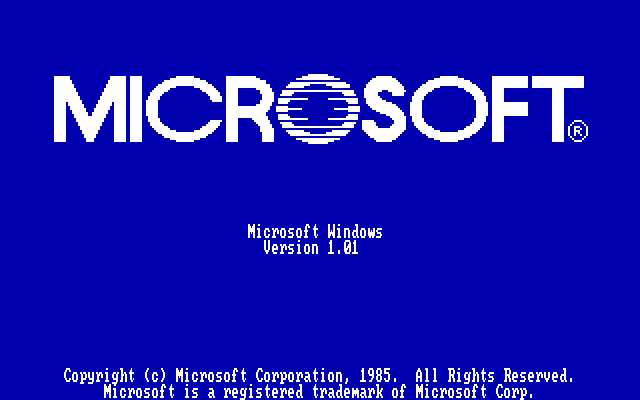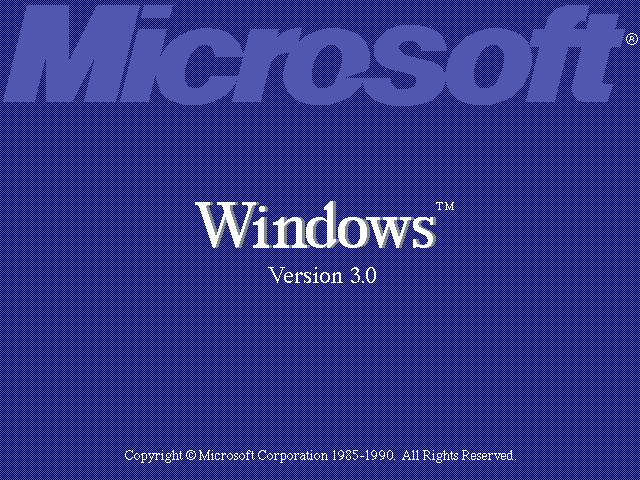Microsoft released Windows 2.0, which replaced Windows 1.0, on December 9, 1987. The expanded memory feature, which allowed users to utilize more memory in their computers than before, was introduced for the first time in this operating system version. Additionally, Windows 2.0 added support for improved graphics and new program windows that could be tiled or layered.
This version of Windows, which was offered as an upgrade from Windows 1.0, was created for use with IBM-compatible computers. The operating system was updated, had better windowing abilities, and supported more memory. It also had new icons. The Microsoft Windows Enhancements Disk, which gave users new features and utilities, was also supported for the first time in this version of Windows.
Windows 2.0 supported virtual memory, allowing the computer to use hard disk space as memory when RAM was running low in addition to these new features. Compared to Windows 1.0, which lacked this feature, this was a significant improvement.

The Program Manager, a new interface for starting and managing applications, was also included in Windows 2.0. An essential part of the operating system, the Program Manager gave users a single point of access to their applications. Users could personalize the Program Manager by creating groups for their applications and adding shortcuts for frequently used programs.
Despite these enhancements, Windows 2.0 still had a lot of limitations. Many of the hardware components that were starting to be widely used in the late 1980s, like CD-ROM drives and sound cards, were not supported by the operating system. Users found it challenging to utilize the burgeoning new technologies as a result of this.
| Windows 2.0 | |
|---|---|
| CPU | 80286 or 80386 processor |
| RAM | 512 KB of memory |
| Storage | Two double-sided floppy disk drives or a hard disk |
| Video | EGA or VGA adapters |
| OS | MS-DOS 3.0 or higher |
| Mouse | A Microsoft-compatible pointing device is recommended, but not required |
Windows 2.0 was dependent on the DOS system and random-access memory was restricted to a maximum of 1 MB due to running in real mode.
Windows 2.0 was a significant turning point in the development of the Windows operating system despite these drawbacks. It set the stage for later operating system iterations and gave users a more robust and adaptable environment in which to run their applications.






